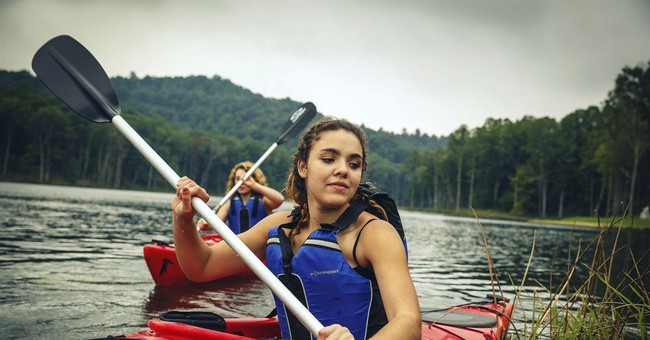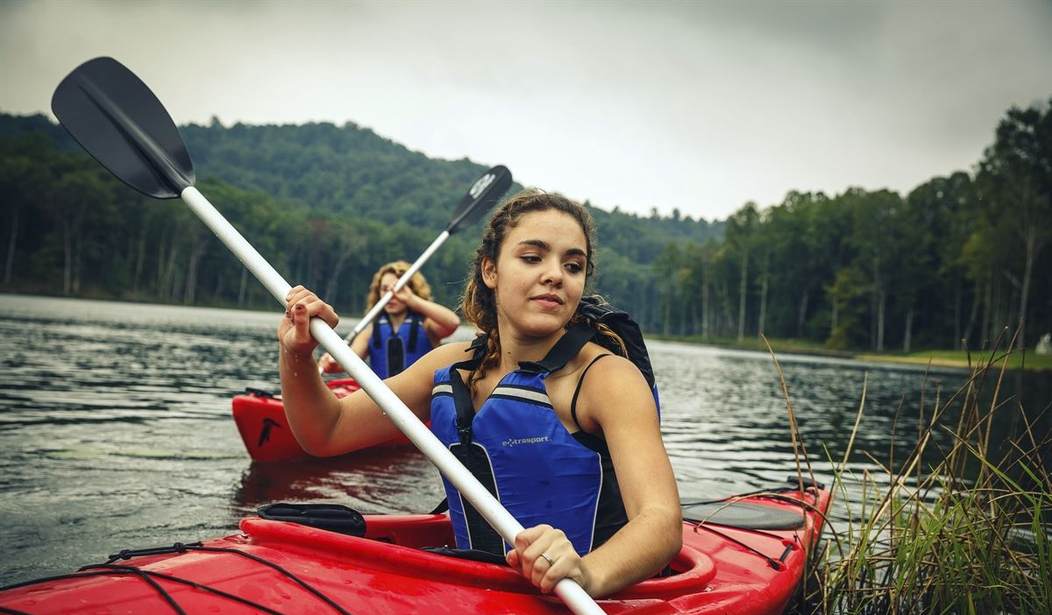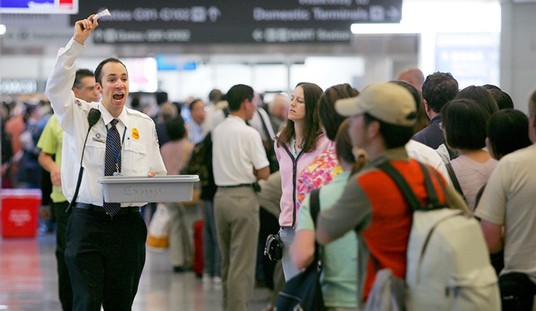
Summer camps are licensed by state governments, several of which, such as Connecticut, have already banned sleep away camps for this year. California looks as if they may be next to pull the plug. One camp operator in the state told Fox News, “We felt that changing our way of doing things beyond what we already planned for, would have just completely changed the way that kids experience camp and we didn’t think that was fair.”
Therefore, the new CDC summer camp guidelines will likely dictate the protocol for day-camps throughout the country. After a glimpse of the new rules, however, kids and parents may decide to skip it this year altogether.
The new rules are a real buzzkill. First, the CDC recommends that only children of essential workers (and only those who live in the area) should attend summer camp at all. Next, drop-off and pick-up times should be staggered. Attendees and all camp personnel must wear PPE and face masks and should be kept in small groups. They advise that playgrounds and dining halls should remain closed. Field trips are out.
Tom Rosenberg, head of the American Camp Association, issued a statement emphasizing that groups should be kept “as small as practically possible and basically within those groups, kids can socialize like a family household would.” He notes that “camps are likely going to add more staff to comply with all the new rules.”
This is sheer madness for so many reasons.
Children are in the lowest risk group. Only a small percentage of them will contract the virus and of those who do, their cases are likely to be mild or even asymptomatic. The chance of death in this age group is almost nil. Counselors at most sleepaway camps are generally college students, many of them former campers themselves, aged 18-22, the next lowest risk category.
For many children, summer camp, especially sleepaway camp, is one of the highlights of the year. A child learns independence. The experience boosts their self-confidence and social skills. It promotes leadership skills. They make friends and spend lots of time outdoors.
The damage to children who are forced to stay home all summer long, spending much of their time indoors, cannot be calculated. This is needless, irresponsible, and preventable.
A study from the Department of Homeland Security (DHS) has shown that sunlight and humidity kill COVID-19. (I posted about this here.)
At a White House briefing in April, William N. Bryan, the acting undersecretary for Science and Technology at DHS, told reporters:
We’ve identified that heat and humidity is a weakness in that chain. We’ve identified that sunlight, solar light, UV rays, is a weakness in that chain. That doesn’t take away the other activities, the White House guidelines, the guidance from the CDC and others on the actions and the steps that people need to take to protect themselves. This is just another tool in our toolbox, another weapon in the fight that we can add to it. And we know that summer-like conditions are going to create an environment where the transmission can be decreased, and that’s an opportunity for us to get ahead.
I posted:
Bryan said his team has seen the “powerful effect” that solar light has on the virus “both on surfaces and in the air.” They’ve seen a similar effect with both heat and humidity.
Bryan presented a chart which shows the dramatic effect that these three variables have on the virus which can be viewed here.
He explained that, under normal circumstances, COVID-19 has a half life of 18 hours (on surfaces). “Normal circumstances” is defined as temperatures between 70 and 75′ and humidity of 20%.
If humidity is increased from 20% to 80%, the half life decreases to six hours (on surfaces).
If humidity remains at 80% and the temperature is increased to 95′, the half-life drops to one hour (on surfaces).
Next, Bryan adds the effect of solar light. A scenario is a summer day, the temperature is between 70 and 75′, humidity is at 80%. The addition of solar light will reduce the half-life of the virus (on surfaces) to two minutes which is pretty stunning.
This is no longer about flattening the curve or about safety, it’s about politics.














Join the conversation as a VIP Member